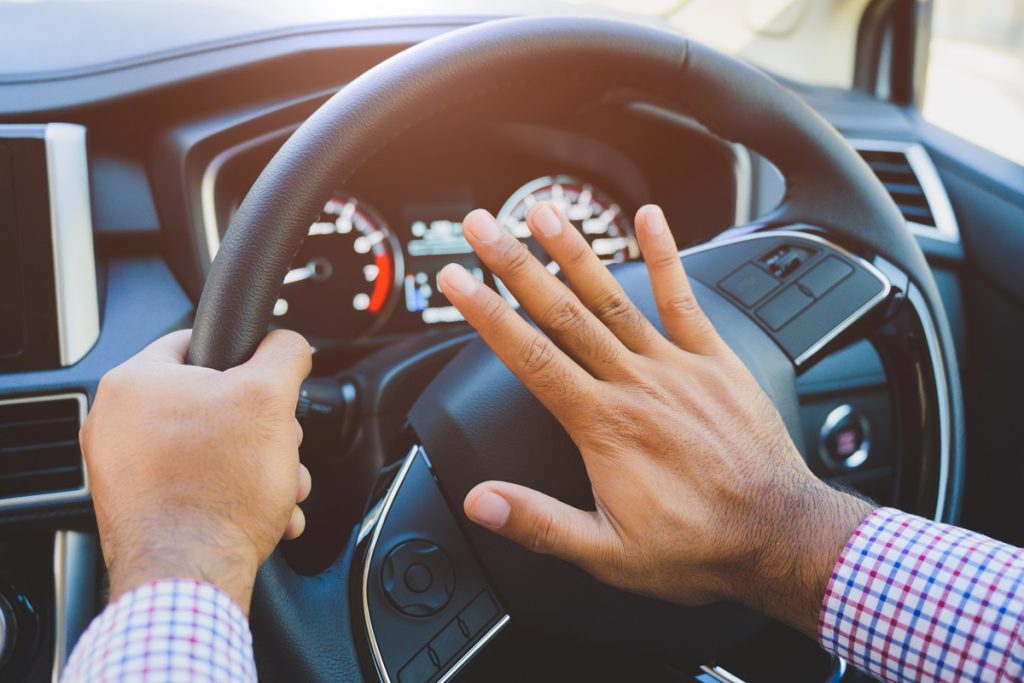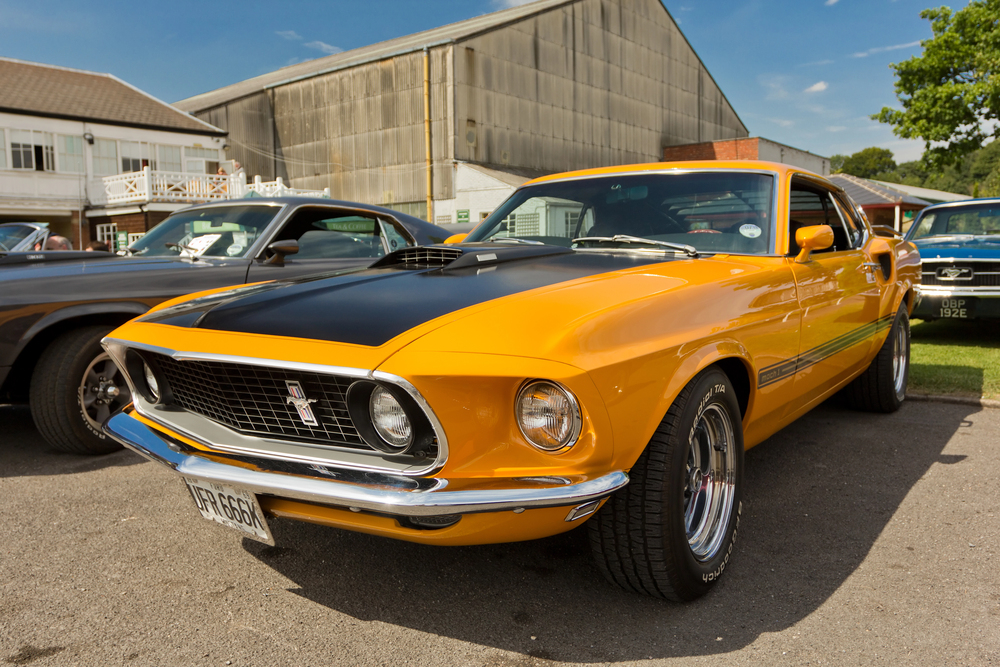For decades, city streets have been battlegrounds between cyclists and drivers, frustrated by safety concerns and a lack of space. But thanks to emerging tech, we’re shifting toward cooperation instead of conflict. Smart infrastructure, intelligent vehicles, and connected mobility solutions transform how bikes and cars share the road. These advancements not only improve safety but also build mutual understanding between both groups. Here are 10 ways tech is smoothing over one of the road’s longest-standing rivalries.
Smart Bike Helmets with Integrated Signals

These helmets feature built-in LED lights that flash when the rider turns or brakes, making their intentions crystal clear to nearby drivers. The increased visibility minimizes misunderstandings and helps drivers anticipate cyclist behavior. This small upgrade dramatically enhances road safety, especially at night or during poor weather.
Vehicle Detection Systems That Recognize Cyclists

Modern cars are now equipped with advanced sensors and AI that can detect nearby cyclists in real time. These systems help prevent collisions by warning drivers or even applying brakes automatically. It creates a safer environment, especially in blind spots or during lane changes.
Bike Lanes with Embedded Warning Systems

Cities are adopting advanced bike lanes embedded with pressure sensors that activate warning lights when cyclists are present. These lights alert nearby drivers, especially at intersections or merge zones, making cyclists harder to miss. The glowing effect adds a layer of visibility and urgency that traditional paint simply can’t achieve.
Augmented Reality for Driver Awareness

Augmented reality dashboards now integrate cyclist tracking, overlaying real-time visuals onto a driver’s field of view. This eliminates the need for rapid head turns or mirror checks in complex traffic conditions. It brings the cyclist into the driver’s line of sight without distractions, enhancing reaction time and road sharing.
Related: 12 Insanely Fast Remote Control Cars That’ll Leave You In Shock
E-Bikes with Built-In Proximity Alerts

Modern e-bikes are being fitted with rear radar and proximity sensors that monitor approaching vehicles. The cyclist receives subtle vibrations or visual cues when a car is getting too close, giving them a crucial moment to react. This technology mimics the blind spot monitoring found in luxury cars, but adapted for vulnerable riders.
Related: 11 Extreme Sand Cars Built To Conquer The Harshest Landscapes
AI-Powered Urban Planning Tools

Urban planners are utilizing AI-driven simulations to identify trouble zones between cars and cyclists. These insights help redesign intersections, install protected lanes, or adjust traffic signals where near misses occur most. AI is turning decades of trial-and-error planning into data-backed decisions that foster real-world safety.
Related: 12 Jaw-Dropping Ways Car-to-Car Tech Will Transform Traffic Forever
Driver Monitoring Systems that Encourage Alertness

Advanced cameras and sensors now monitor eye movement and steering behavior in drivers to detect distraction. When cyclists are nearby, the system heightens sensitivity and prompts the driver to focus or slow down. This tech acts like a digital co-pilot, ensuring that vulnerable road users aren’t overlooked due to a moment’s inattention.
Related: The First Ever Cars Built By The World’s Biggest Automakers
Geo-Fencing for High-Risk Areas

Geo-fencing technology can now automatically regulate car behavior in areas dense with pedestrian or cyclist traffic. When vehicles enter these zones, systems may cap speed, send audio alerts, or trigger adaptive braking protocols. It’s an invisible layer of enforcement that keeps all road users safer without needing physical barriers.
Related: 10 Secrets of Audi RS Concepts That Should Have Been Built
Smart Road Paint That Reacts to Traffic

New experimental road markings can illuminate or change color in response to heat, motion, or weight. When a cyclist is present, the road itself becomes a signal, drawing driver attention with unexpected visual feedback. It transforms passive infrastructure into an active safety tool that communicates instantly and intuitively.
Related: 11 Reasons Why Truck Drivers Are Leaving The Industry Faster Than Ever
Cross-Platform Safety Campaigns Powered by Data

Technology companies now collect real-time usage and incident data from driving and biking apps to fuel safety campaigns. These campaigns are laser-focused, targeting dangerous habits and raising awareness through social media, signage, and VR training. It ensures that education is not just generic but grounded in how people behave.
Related: 13 Mind-Blowing Ways Brain-Connected Cars Will Let You Drive With Just Your Thoughts
Technology is playing a transformative role in reshaping how drivers and cyclists coexist on modern roads. From smart helmets and sensors to AI-driven city planning, these innovations bring much-needed clarity and safety to daily commutes. By bridging communication gaps and removing ambiguity, tech reduces the causes of frustration and accidents. Both cyclists and drivers now have tools that encourage responsibility and awareness. The road ahead looks a lot less hostile thanks to these smart solutions.
Disclaimer: This list is solely the author’s opinion based on research and publicly available information.
13 Shocking Reasons Your Car’s Software Will Matter More Than Its Engine By 2030

As cars become more like computers on wheels, software is overtaking the engine as the most critical component. From AI-driven automation to real-time updates, the future of driving is about technology, not just horsepower. Soon, vehicles will update like smartphones, personalize every setting, and even self-diagnose mechanical issues before they arise. Here’s why software is rapidly becoming the most important part of your car.
Read it here: 13 Shocking Reasons Your Car’s Software Will Matter More Than Its Engine By 2030
How Trade Wars And Tariffs Are Reshaping The Motorcycle Scene In The US

Trade wars and tariffs have significantly impacted the motorcycle industry in the United States, affecting manufacturers, consumers, and the overall riding culture. From increased production costs to shifting market trends, these economic policies have reshaped how motorcycles are made, sold, and imported. As tensions between global trade partners continue, the motorcycle industry faces both challenges and opportunities. Understanding these shifts is essential for riders, manufacturers, and policymakers alike.
Read it here: How Trade Wars And Tariffs Are Reshaping The Motorcycle Scene In The US
11 Hidden Ways The Trump Trade War Is Quietly Driving Up Car Prices

Jeep’s history is rooted in military service, but over the decades, it has transformed into an icon of adventure and rugged capability. What started as a wartime necessity has evolved into one of the most recognized off road brands in the world. Through innovation, cultural influence, and unwavering durability, Jeep has become a favorite among outdoor enthusiasts and everyday drivers alike. Here are 13 shocking ways Jeep evolved from a battlefield workhorse to an off road legend.
Read it here: 11 Hidden Ways The Trump Trade War Is Quietly Driving Up Car Prices
You’ll love these related posts:
- 12 Heavy Duty Trucks With Repair Costs So High They Belong In A Museum
- 13 Mind-Blowing Facts About Self-Healing Car Paint That Sound Like Sci-Fi
- 13 Shocking Signs Steering Wheels Could Disappear Sooner Than You Think
- 13 Shocking Ways Cities Are Making Gas Cars More Expensive to Own
- 12 Unique Car Colors with the Most Unforgettable Names


